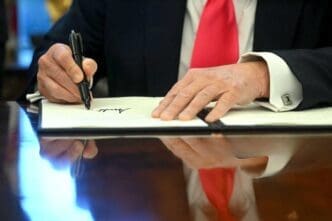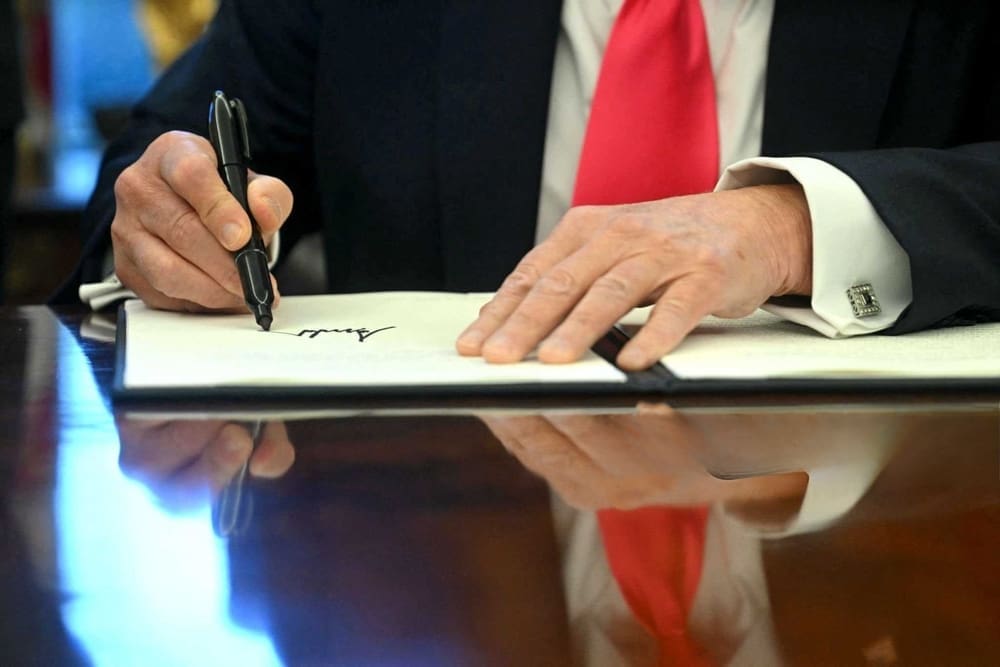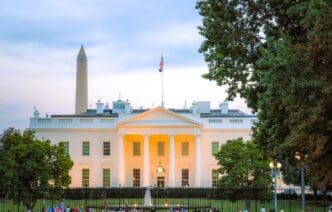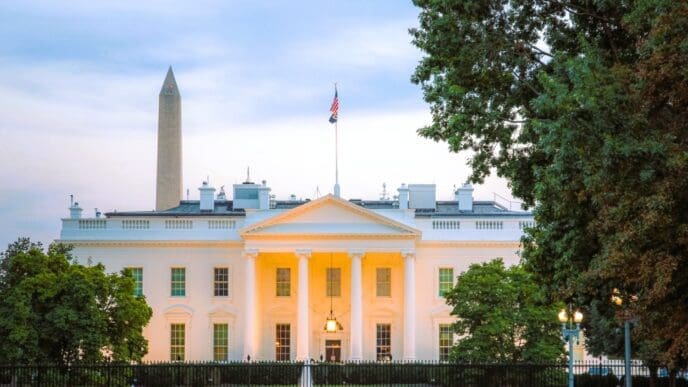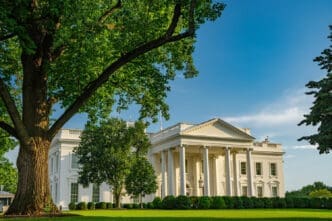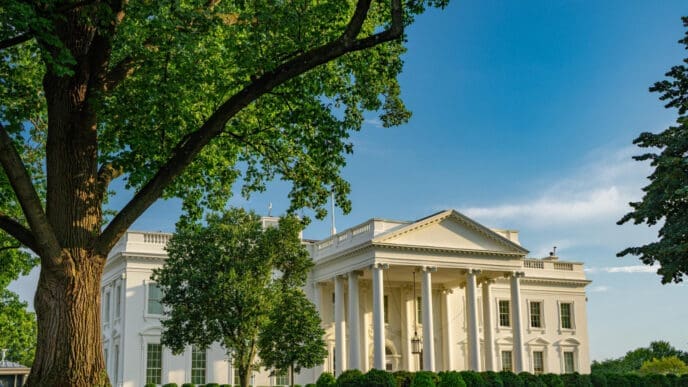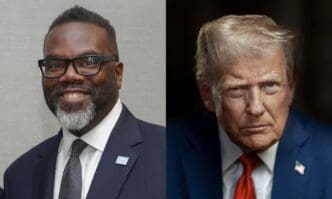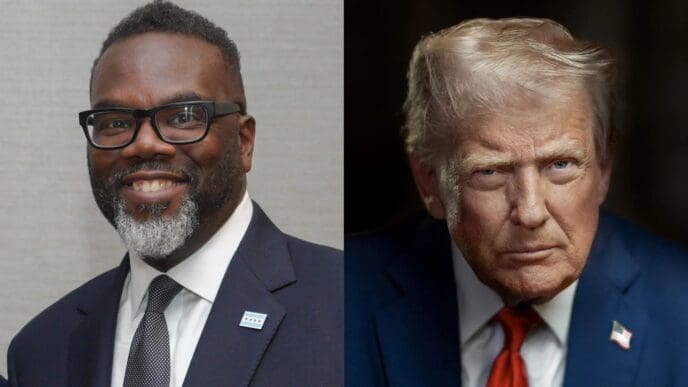Executive Summary
The Story So Far
Why This Matters
Who Thinks What?
President Donald Trump has initiated a series of executive orders aimed at federal employee unions, potentially stripping collective bargaining rights from approximately one million workers across various agencies, including the National Weather Service and NASA. These moves, citing national security concerns, have prompted significant alarm among labor leaders who fear they represent the most substantial attack on the labor movement in history and could undermine the recent resurgence of union power in the United States.
Trump’s Executive Actions
Just last week, Trump signed an executive order affecting union workers at federal agencies, building on a similar order earlier this year that targeted unions at the departments of state, defense, justice, and health and human services. The administration has stated these actions are necessary to prevent federal unions from “obstructing” Trump policies and to protect national interests.
A March executive order not only targeted collective bargaining rights but also stopped the automatic deduction of union dues from federal employees’ paychecks. This measure has already forced the American Federation of Government Employees (AFGE) to cut approximately a third of its staff due to the financial impact.
Labor Leaders’ Concerns
Liz Shuler, president of the AFL-CIO, described these actions as “the single largest attack on the labor movement in our history” in a recent interview. She expressed concerns that these measures could extend beyond federal workers, serving as a playbook for corporate America.
The significance of these orders is amplified by the crucial role public sector unions play in the broader U.S. labor landscape. Nearly half of all union members nationwide are employed by different levels of government, and the public sector boasts a higher unionization rate compared to the private sector.
Everett Kelley, president of the AFGE, suggested that Trump is using the federal sector as a “test case.” He believes this could signal to the private sector that similar aggressive anti-union tactics are supported by the administration.
Recent Union Momentum and Political Divide
These developments come after a period of renewed momentum for unions, following decades of declining membership. Concerns over working conditions during the pandemic and a strong job market contributed to increased grassroots support and high-profile unionization efforts at companies like Amazon, Starbucks, and Apple.
While President Joe Biden was widely considered a pro-union president, becoming the first to join a picket line during the 2023 auto strike, President Trump’s policies have sharply diverged. Trump fired a National Labor Relations Board member shortly after taking office, saying she was not doing enough to support employers, and implemented the aforementioned anti-union policies.
Despite Trump’s rhetoric about supporting union members through policies like tariffs to bring jobs back to America, his administration’s actions have been widely criticized by labor organizations.
Historical Parallels and Future Impact
The current situation draws parallels to President Ronald Reagan’s 1981 decision to fire striking air traffic controllers during the PATCO strike. That event normalized the hiring of replacement workers during strikes, contributing to a weakening of unions overall.
However, Shuler argues that Trump’s current actions could be even more severe than PATCO. She stated that “canceling collective bargaining rights for nearly a million people with the stroke of a pen” presents a profound problem for the entire labor movement.
Legal Battles and Union Resolve
Federal unions have filed numerous lawsuits challenging Trump’s executive orders, with mixed rulings to date and no final conclusions. Union officials remain defiant, predicting eventual success and vowing to extend their fight to the private sector if necessary.
Matt Biggs, president of the International Federation of Professional and Technical Engineers, asserted that if employers “think, ‘It’s open season on unions,’ they should think again.” He added, “Workers in this country are angry. The unions are not going anywhere. We’re becoming stronger.”
